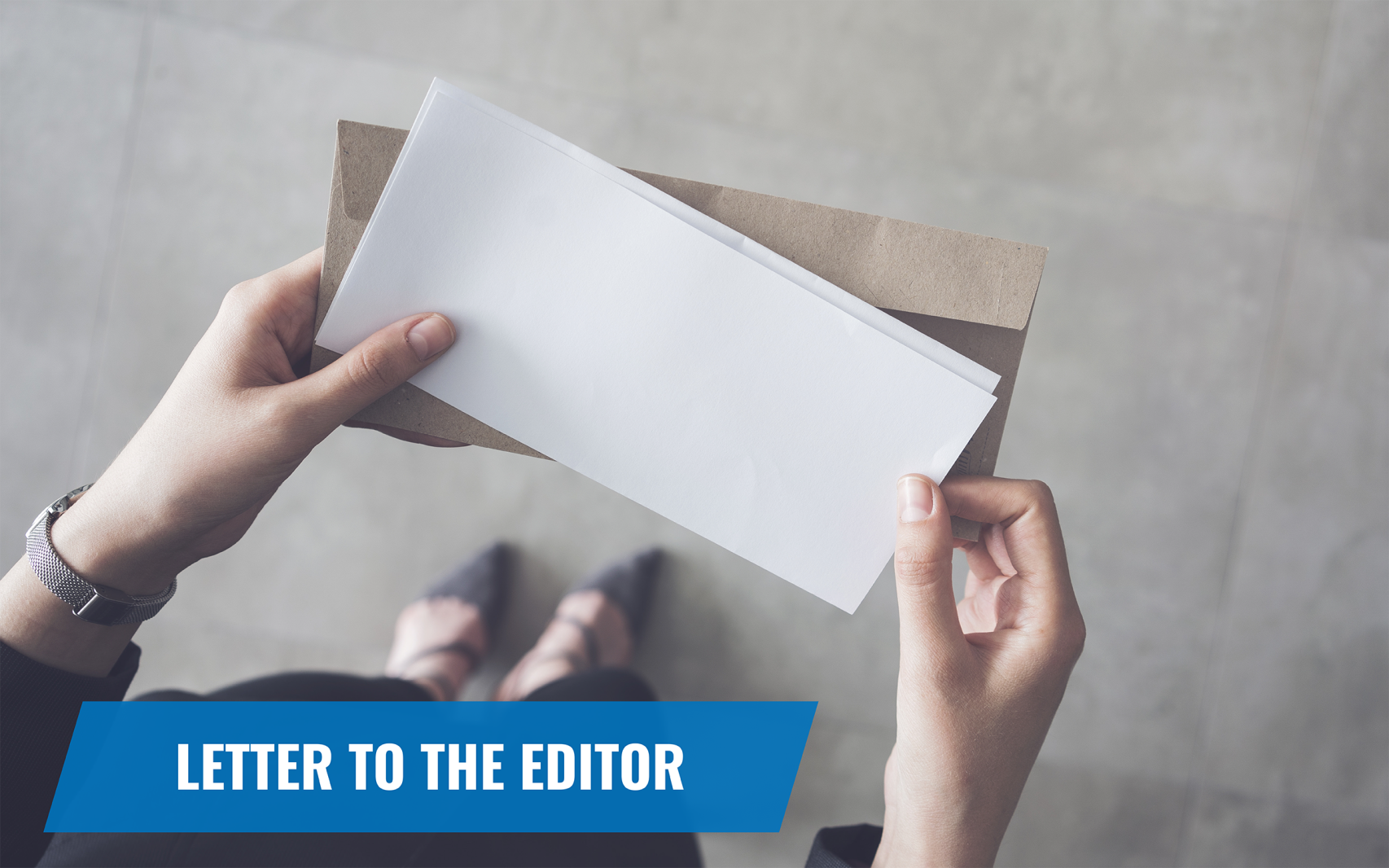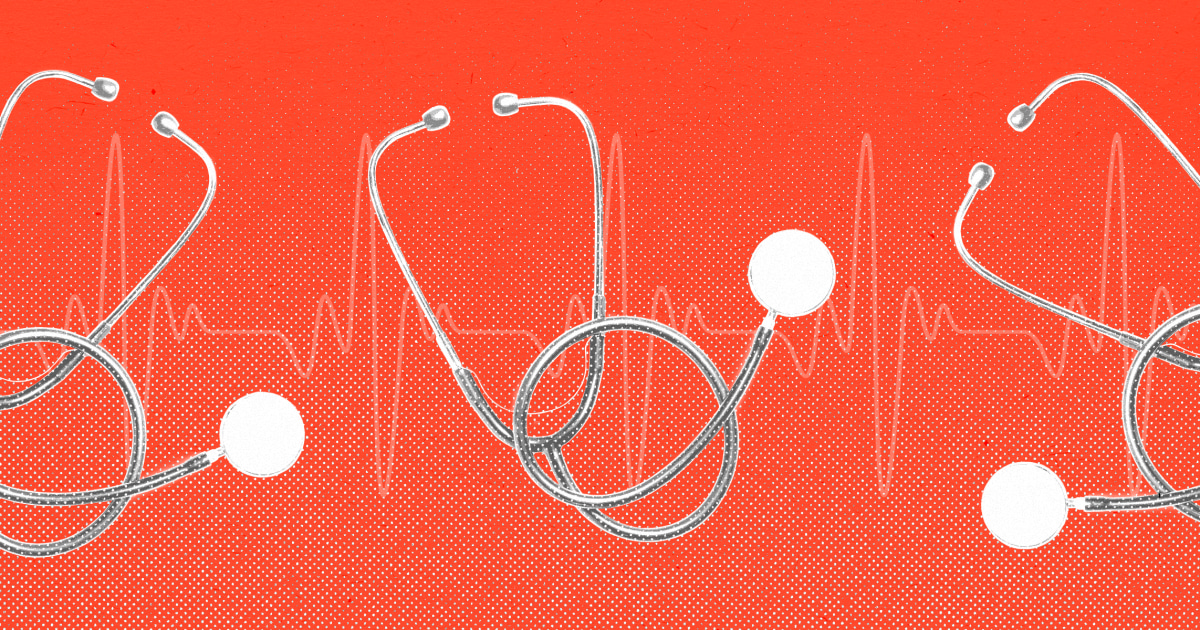North Dakota
Letter: Unlocking the potential of North Dakota’s Indian reservations

What images come to mind when you think of life on a reservation? Isolated lands, scarce resources, and hardship? It’s time to challenge these stereotypes. Long before European settlement, Native American communities thrived with entrepreneurship and trade. Consider the Native blacksmiths in North Dakota’s
Mandan Villages produced and traded axes
that reached the North Pacific coasts quickly. Or the ancestral Puebloan culture in New Mexico’s Chaco Canyon around 850 AD, a regional trade and administration hub. These examples underscore a history of economic success rooted in respected property rights.
Despite their rich natural resources,
U.S
. government policies hindered native economic well-being. Since colonization, American Indians have been wrapped in “white tape,” as the late Coushatta Tribal chairman Ernest Stickey calls their bureaucratic quagmire. This has hampered their ability to build new businesses and become entrepreneurs. Since being declared “wards” of the federal government in 1831, Native Americans have faced cultural and religious suppression. This has contributed to the current reality where
one in four reservation Indians live in poverty
, many depending on federal grants.
Federal government interventions have complicated land arrangements, exacerbating economic challenges that persist today. The Dawes Act and the Burke Act intended to “assimilate” Indians into farming but instead worsened social and economic conditions. The Indian Reorganization Act attempted fix some of these problems, but perpetually locked the status of federal trust allotted lands. Today, land cannot be leveraged as collateral for investment because of these historical policies. For example, the
Fort Berthold reservation missed out
on a significant opportunity from fracking because trust land requires 49 regulatory steps before leasing, compared to just four steps off reservation. These legal issues reduce certainty and investment in projects that could benefit reservations.
The
Reservation Economic Freedom Index
offers insights into these challenges, measuring economic freedom across 90 U.S. reservations, which includes 42% of all Indians living on reservations in the lower 48. The REFI evaluates regulatory framework, governance, federal contracts, openness and transparency, and judiciaries, among other factors. It reveals that a 10% increase in REFI score increases median household income by $2,500.
This connection between the REFI scores and economic outcomes is observable in North Dakota’s reservations, each presenting a unique economic profile influenced by natural resources and governance structures. For example, in North Dakota, the measured reservations include Turtle Mountain (6.5), Fort Berthold (6.5), Spirit Lake (7.6), Standing Rock (8.0), and Lake Traverse (8.9). These scores reflect economic conditions and the cultural and historical contexts that shape them. Despite having the lowest REFI score, Fort Berthold, buoyed by oil activities, boasts the highest median income, illustrating how natural resources can offset certain economic freedom limitations.
A multifaceted approach is needed to address the economic challenges faced by North Dakota’s reservations. This includes strengthening bottom-up institutional arrangements that respect each reservation’s unique needs and histories rather than relying on generic, one-size-fits-all legislation. Empowering individual indigenous control over property is crucial, necessitating a critical reassessment and potential repeal of the 1934 Indian Reorganization Act. Cutting through the bureaucratic red tape is another vital step, simplifying governance for more efficient and effective administration.
Further, promoting tribal self-governance and autonomy stands at the heart of these solutions, recognizing the right of these communities to manage their affairs and resources. This empowerment extends to the judicial sphere, where funding independent tribal judicial courts and law enforcement is essential for maintaining order and justice within the reservations. Lastly, delineating and clarifying the overlapping jurisdictions of federal, state, and tribal laws will provide a more stable and predictable legal environment conducive to economic growth and prosperity.
These steps are not just about economic policies but are a recognition of the sovereignty and capability of Native American communities. By impeding business, the current system diminishes income. By embracing policies that encourage business development and entrepreneurship, we can help unlock the economic potential of these reservations, honoring the legacy of innovation, prosperity, and resilience that has characterized American Indian history.
Richard Feir is a research specialist at the Challey Institute at North Dakota State University and Thomas Stratmann is a professor of economics at George Mason University and author of Challey Institute research “Enhancing the Business Climate and Incentivizing Business Development on North Dakota Indian Reservations.”

North Dakota
State commission to mediate dispute between teachers union and school board in Mapleton

MAPLETON, N.D. — A state mediation team will hear a dispute over teacher contracts between the teachers union and school board for the Mapleton Public School District.
The North Dakota Education Fact Finding Commission will hold a public hearing at 4 p.m. on Tuesday, May 27, at the elementary school at 300 First St. in Mapleton, which is located halfway between West Fargo and Casselton.
Students, teachers, school employees and interested citizens are invited to attend and speak.
Mapleton Education Association President Jennifer Helland said the teachers union and school board are at an impasse over teacher salaries for the 2025-2027 contract.
“As required by Century Code, the fact-finding commission is then notified and they step in to assist us to hopefully come to the last, best proposals that we can agree on,” she said.
The school board is proposing a district-wide salary freeze due to financial difficulties, while the teachers union maintains a 3% cost-of-living increase is required under the teacher contract.
Helland said the teacher contract has a “maintenance of standards” clause that guarantees such an increase each negotiating cycle, as a way of attracting and retaining teachers.
“When the board came to us with a freeze, not only was their last offer regressive in terms of their offerings, it doesn’t uphold that maintenance of standards,” Helland said.
Josh Radcliffe, president of the Mapleton School Board, said everything in the contract, including that clause, is up for negotiation if one party brings it to the table.
“You can’t decide something today and expect it to hold true for the rest of forever,” he said.
The Mapleton Public School offers kindergarten through sixth grade, with students in upper grades attending school in either Casselton or West Fargo.
When the current building was constructed and opened in 2017, there were approximately 90 students; now, enrollment has jumped to about 240 students, Radcliffe said.
The district’s financial difficulties date back seven or eight years, he said, to mistakes made by a then-business manager.
While payroll taxes were taken out of employee checks, they were not paid to the state of North Dakota or to the Internal Revenue Service, Radcliffe said, and it’s taken years to climb out of the hole.
“We’re not in a good financial situation. Not extremely bad, but it’s not where we feel comfortable,” Radcliffe said.
The proposed pay freeze applies to all staff, including teachers, the superintendent, business manager, cooks, secretaries, paraprofessionals, bus drivers and janitors. The board also decided not to take pay for at least the next year, Radcliffe said.
Staff cuts were considered but met with opposition. The board has also discussed cutting its preschool program or sixth grade from the school, he said, because the district doesn’t have the funds.
Helland hopes members of the community will come to the hearing Tuesday.
“Having them come to support us as educators and their children in classrooms, and knowing that if things come to pass, where changes are made and class sizes grow … we want their voices to be heard,” she said.
North Dakota
Today in History: North Dakota bank blasted with dynamite, burglars get away with $3,600

On this date in 1909, burglars dynamited the safe of the First State Bank of Englevale, stealing $3,600 in cash and escaping undetected, leaving extensive damage and limited clues.
Here’s the complete story as it appeared in the paper that day:
N. D. BANK DYNAMITED; YEGGMEN GET $3,600
First State Bank of Englevale, Owned by Opfer Bros. of Fargo, Looted at Early Hour Today—Cracksmen Gets Four Hours Start of Officers.
Gaining entrance by forcing the front door, burglars this morning dynamited the safe of the First State Bank of Englevale, a small town thirteen miles southwest of Lisbon, secured $3,600 in currency and made good their escape, leaving practically no clue behind which can be used by the authorities in detecting the yeggmen.
Not until 5 o’clock this morning was the robbery discovered despite the fact that sufficient dynamite was used to wreck the safe, blow out the plate glass front and tear a hole in the brick work in the front of the building.
The majority of the stock of the bank is held in the estate of the late H. F. Opfer of this city. J. L. Opfer, a son, who is transacting business in the cities at present, is vice president, while E. G. Opfer of this city is a director.
Suspicion at first pointed to three strangers who were seen at Englevale last evening, but this theory was shattered when two of the men were located at Verona and they satisfied the authorities that they were not the men wanted. No train leaves Englevale during the night and no strange autos were seen about the village.
The bank building is a one-story structure surrounded by business houses with no one sleeping in the neighborhood. According to the report received by E. G. Opfer this morning, some residents recollect hearing an explosion about 1:10 a.m., but thought nothing of it and failed to investigate.
At 5 o’clock Wm. Norum, cashier of the bank, arose and saw the shattered front of the bank from his home, and coming to the scene found the condition of affairs.
Tracks of a pair of ponies entering the village from the west, and returning in the same direction, were discovered this morning. Fresh footprints were also found along the railroad track and it is suspected that when one of these clues is followed up that the guilty parties may be apprehended.
The loss of $3,600 in cash, as well as the damage to the building and safe, is fully covered by insurance. Notes and books of the bank which were also in the safe were not touched.
The burglary was reported at the office of Sec. W. C. Macfadden of the North Dakota State Bankers’ association, and every effort will be made to locate the robbers.
North Dakota
Obituary for Ella Suzanne Pederson at Thomas Family Funeral Home

-

 Education1 week ago
Education1 week agoHarvard Letter Points to ‘Common Ground’ With Trump Administration
-

 Culture1 week ago
Culture1 week agoBook Review: ‘Original Sin,’ by Jake Tapper and Alex Thompson
-

 News1 week ago
News1 week agoAs Harvard Battles Trump, Its President Will Take a 25% Pay Cut
-

 News1 week ago
News1 week agoAustin Welcomed Elon Musk. Now It’s Weird (in a New Way).
-

 Education1 week ago
Education1 week agoVideo: Opinion | We Study Fascism, and We’re Leaving the U.S.
-

 Culture1 week ago
Culture1 week agoBook Review: ‘Death Is Our Business,’ by John Lechner; ‘Putin’s Sledgehammer,’ by Candace Rondeaux
-

 Politics1 week ago
Politics1 week agoRepublicans say they're 'out of the loop' on Trump's $400M Qatari plane deal
-

 News1 week ago
News1 week agoMenendez Brothers Resentenced to Life With Parole, Paving Way for Freedom


















